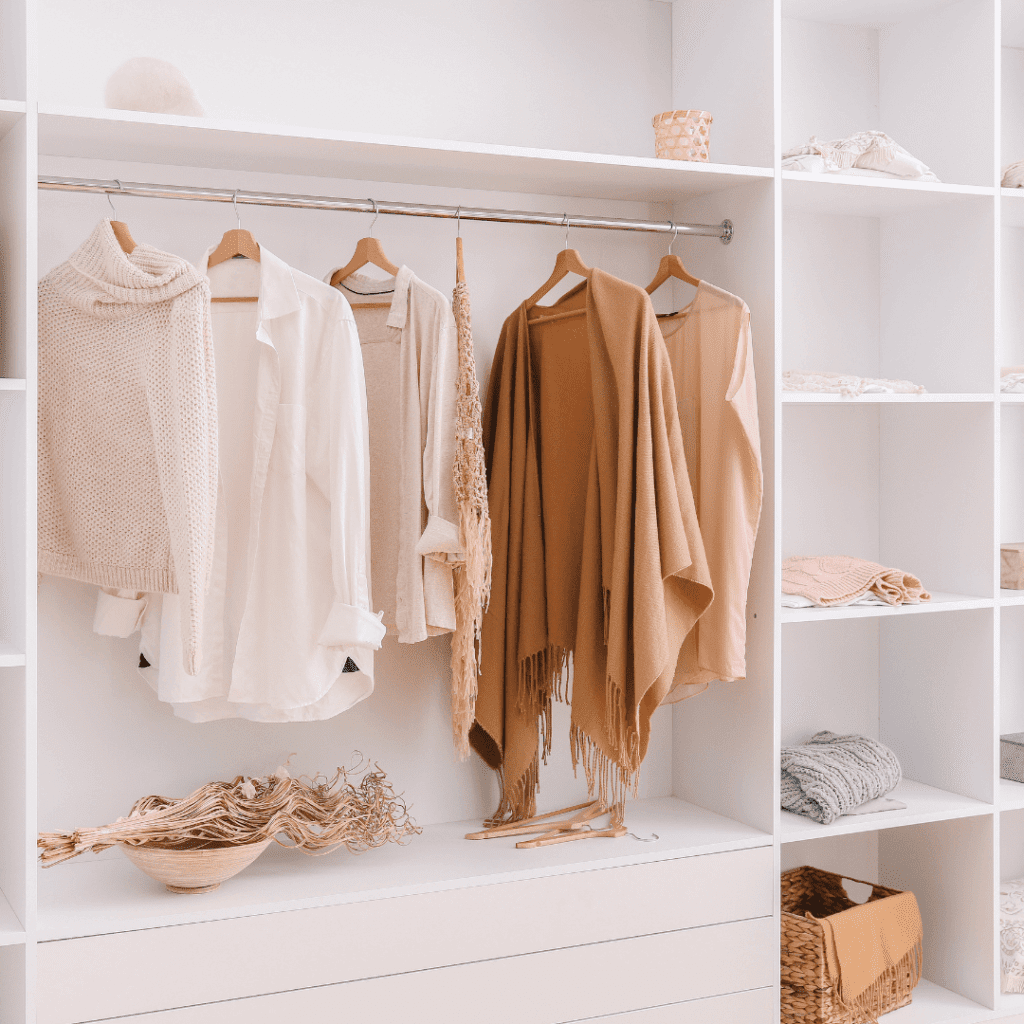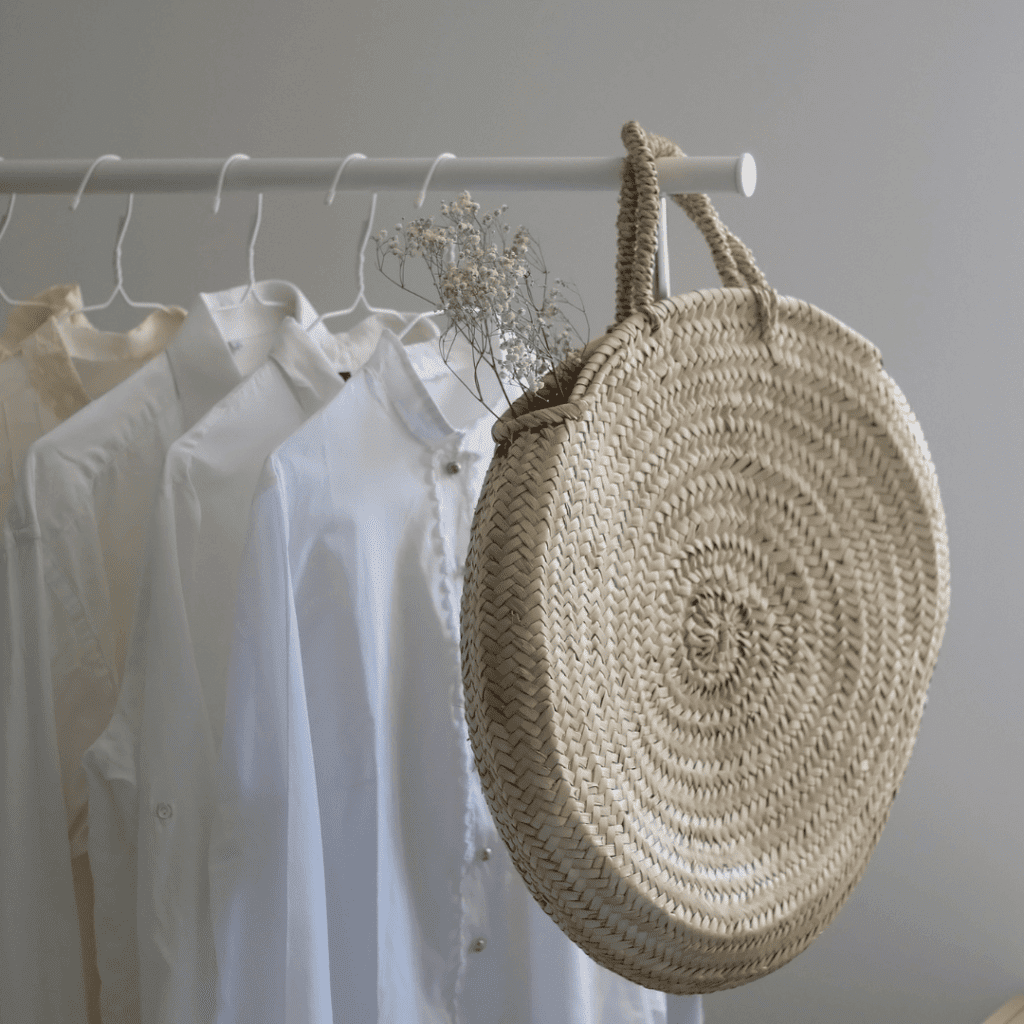In a world increasingly aware of the importance of sustainability, fashion is not far behind. Creating a sustainable wardrobe not only benefits the environment, but also promotes ethical and responsible practices. In this practical guide, we will explore how to build a sustainable wardrobe, highlighting eco-friendly brands, organic fabrics and ethical fashion practices. In addition, we will include reviews of products that can add value to your eco-friendly wardrobe.
What is a Sustainable Wardrobe
A sustainable wardrobe consists of garments and accessories that are produced in an ethical and eco-friendly way. This includes the use of organic and recycled materials, as well as production practices that respect both the environment and the workers. Fast fashion, known for its negative impact, is replaced by durable and timeless pieces.


Ecological Brands and Organic Fabrics
Featured Brands
- Patagonia: Known for its commitment to sustainability, Patagonia uses recycled and organic materials in its products. Its transparent practices and focus on garment repair and recycling make it an ideal choice for a sustainable wardrobe.
- Ecoalf: This Spanish brand specialises in clothing and accessories made from recycled materials such as plastic bottles and fishing nets. Its slogan, ‘Because There Is No Planet B’, reflects its commitment to the environment.
Organic Fabrics
- Organic Cotton: Grown without pesticides or chemical fertilisers, organic cotton is a much more sustainable alternative to conventional cotton. Brands such as Organic Basics and Thought Clothing offer a variety of garments made from this material.
- Linen and Hemp: Both are natural fabrics that require less water and pesticides to grow. They are also biodegradable and highly durable, making them perfect for a sustainable wardrobe.


Ethical Fashion Practices
Adopting ethical fashion practices is essential to maintaining a sustainable wardrobe. This includes buying less and choosing better, opting for high quality garments that last longer. It is also recommended to invest in second-hand clothes or swap clothes with friends to reduce waste.
Creating a sustainable wardrobe is an ongoing process that requires awareness and commitment. By choosing eco-friendly brands, organic fabrics and adopting ethical fashion practices, we can reduce our environmental impact and foster a fairer and more responsible fashion industry.


A sustainable wardrobe is not only beneficial for the planet, but also promotes a more conscious and ethical lifestyle. With the right tools and knowledge, it is possible to build a wardrobe that reflects our values and contributes positively to the environment. Start transforming your wardrobe today and join the sustainable fashion movement!


